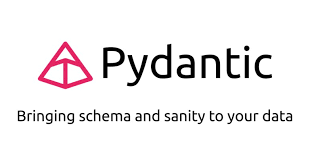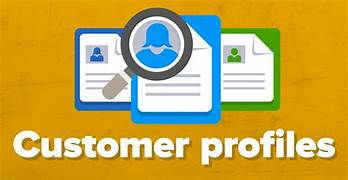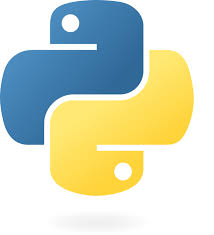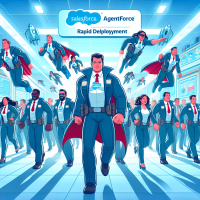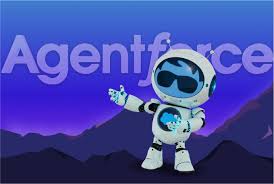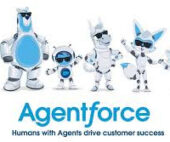Unlocking the Future of AI with Phidata
Unlocking the Future of AI with Phidata: Build Smarter, Faster, and Better In a world where artificial intelligence is at the core of innovation, developing intelligent systems that can understand, reason, and act is no longer a luxury—it’s a necessity. Yet, creating these systems from the ground up can feel daunting, even for experienced developers. Enter Phidata, a revolutionary platform that simplifies the process of building intelligent multi-modal agents and workflows. Phidata isn’t just a framework—it’s a transformative toolkit for crafting AI systems that think critically, collaborate effectively, and solve complex problems. Whether you’re a developer, data scientist, or AI enthusiast, Phidata empowers you to create agents with memory, knowledge, and advanced reasoning capabilities, all while seamlessly integrating cutting-edge tools. Here’s your guide to this groundbreaking platform. Why Phidata Stands Out Phidata reimagines how developers design and deploy AI agents by blending simplicity with robust functionality. Here’s what makes it a game-changer: Elegantly Simple Development Phidata’s intuitive design enables you to create powerful agents with minimal code. Clean, concise, and efficient, it’s as simple as writing a “Hello World!” script to set up an agent capable of performing tasks like web searches or data analysis. Unmatched Flexibility From integrating diverse tools to customizing agent instructions, Phidata equips your AI to tackle complex, real-world challenges effortlessly. Whether you’re building agents for financial forecasting, content creation, or automated research, Phidata has you covered. Multi-Modal Intelligence Phidata agents can seamlessly interact with multiple data types, including text, images, audio, and video. This multi-modal capability ensures adaptability across industries and use cases, from visual data analysis to language translation. Collaborative Multi-Agent Workflows Why settle for a single-agent approach when you can create teams of intelligent agents? Phidata enables collaborative multi-agent workflows, where agents work together to achieve shared objectives—like a team of digital coworkers, each bringing their unique expertise to the table. Intuitive User Interface Phidata’s sleek, user-friendly interface makes interacting with your agents effortless. Say goodbye to frustrating debugging and focus on what matters: building innovative solutions. Built-In Reasoning and Knowledge (RAG) Phidata integrates structured reasoning and knowledge retrieval directly into its framework. This ensures your agents deliver organized, insightful responses tailored to your needs—whether for decision-making or customer engagement. Real-Time Monitoring and Debugging Track your agents’ performance with Phidata’s built-in monitoring and debugging tools. Fine-tune their behavior, optimize workflows, and ensure peak performance at all times. Transform Possibilities Into Reality Phidata opens the door to limitless possibilities, empowering you to: Whether you’re automating workflows, analyzing data, or designing innovative applications, Phidata redefines what’s possible with AI. Take the leap into the future of intelligent systems and start building smarter today with Phidata. Like Related Posts Salesforce OEM AppExchange Expanding its reach beyond CRM, Salesforce.com has launched a new service called AppExchange OEM Edition, aimed at non-CRM service providers. Read more The Salesforce Story In Marc Benioff’s own words How did salesforce.com grow from a start up in a rented apartment into the world’s Read more Salesforce Jigsaw Salesforce.com, a prominent figure in cloud computing, has finalized a deal to acquire Jigsaw, a wiki-style business contact database, for Read more Service Cloud with AI-Driven Intelligence Salesforce Enhances Service Cloud with AI-Driven Intelligence Engine Data science and analytics are rapidly becoming standard features in enterprise applications, Read more



